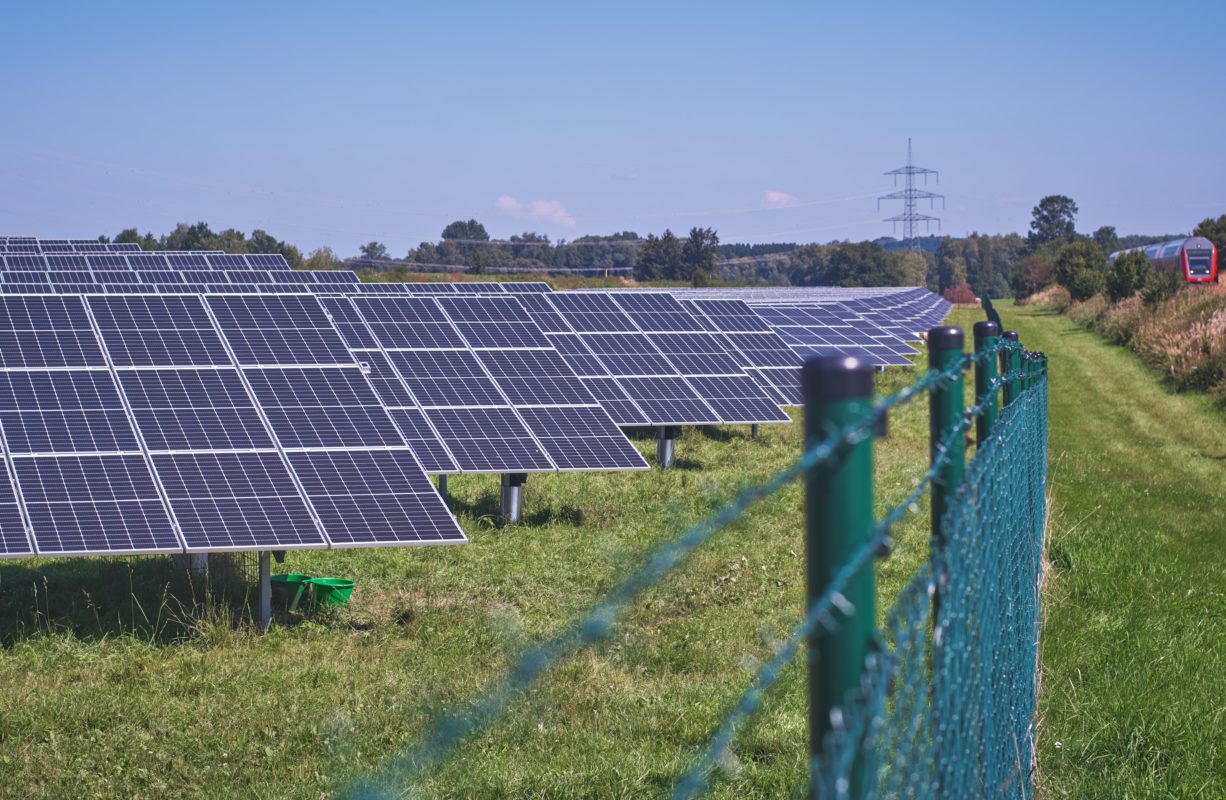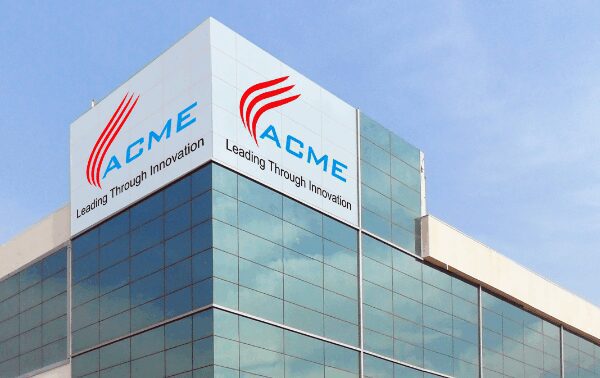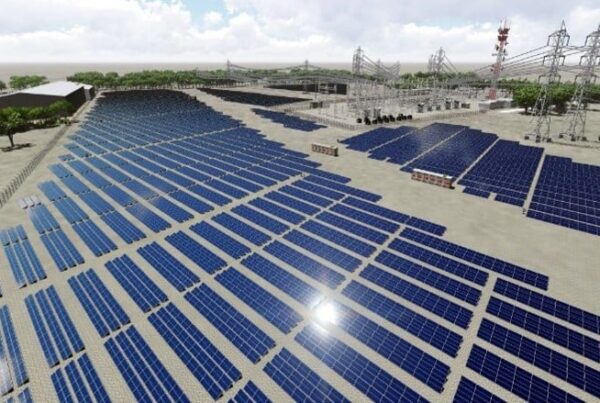
A joint letter from US solar industry representatives sent last week to members of Congress highlighted the importance of the solar and storage industries in creating over 280,000 jobs across the US.
“Over the past two years we have seen tremendous growth in domestic solar manufacturing, strengthening our energy security and global competitiveness. Before these incentives passed, the US ranked seventh in the world for global module manufacturing capacity. Since then, the United States has seen a 500% increase in solar module manufacturing capacity and can nearly meet its total demand for modules in 2024. Remarkably, the United States now ranks third in the world for module manufacturing,” reads the letter.
Another letter, sent by business leaders – accessible here – mentions how the private sector invested more than US$170 billion in clean energy projects and without the incentives, the US energy manufacturing industry is at risk of losing US$66 billion in new investments and US$50 billion in international exports.
Trump’s executive orders, signed on his first day as president of the US, are putting in jeopardy several key elements of the Inflation Reduction Act (IRA). This is despite the fact that in the last two years around 70-80% of all federal clean energy investments have gone to Republican districts, while 90% of these investments were for manufacturing, according to SEIA.
“Solar can be built faster and cheaper than almost any technology, and it’s clear that we can’t meet our nation’s energy challenges or President Trump’s energy vision without a robust American solar and storage industry,” said Abigail Ross Hopper, president and CEO of SEIA.
“With support from federal clean energy policies, American solar manufacturers can now produce enough modules to meet all demand for solar in the United States. It’s critical that our elected leaders understand the impact of these policies and the jobs and investments they bring to their constituents,” added Hopper.
“Federal energy tax credits are doing exactly what they were designed to do—creating jobs, strengthening our domestic supply chain, and bolstering US energy security,” said Andrew Reagan, president of Clean Energy for America. “These investments are delivering affordable, reliable power while creating hundreds of thousands of jobs in communities across the country.”
Solar ITCs represented nearly a third of overall tax credits in 2024
A report published separately today underlined the importance of tax credits to the US PV industry, with solar investment tax credits (ITC) representing nearly 26% of the overall market supply in terms of US tax credits in 2024.
This is according to the ‘2024 Transferable Tax Credit Market Intelligence Report’ from sustainable finance company Crux.
Solar ITC accounted for nearly half of all tax credit deals in the first half of the year. In the second half of 2024, the share of solar deals dropped to 17% due to a limited supply of solar ITC deals.
In total, for 2024, Crux estimated solar ITC deals to have reached US$5.75 billion for 2024 credits; including forward commitments, solar ITC deals rose to US$8 billion in 2024.
Solar ITC deals alone in 2024 have represented nearly the same amount of all transferable tax credit transactions the US made in 2023. Transferable tax credit transactions registered by Crux more than trebled the volume in 2023 with US$24 billion registered in 2024 for current-year (2024) tax credit sales, while an additional US$6 billion in forward-market deals (2025 and beyond) contributed to the increase.
Pricing on solar ITC deals per size has jumped year over year, with smaller deals—less than US$20 million—experiencing the highest growth, from an average of US$0.861 in 2023 to US$0.91 in 2024.
Forward commitments also became more common last year, a change from 2023 when the market for future-year tax credits was illiquid and thin, said Crux. Insurance – which covers a range of tax credit and transaction risks, including the risk of tax credit recapture, the ITC basis, any bonus adders and other factors – remained a common feature on many ITC deals.
Utility-scale solar projects made up the bulk of solar ITC deals in 2024, accounting for 46% of all solar ITCs, said Crux. Residential solar followed up with 32% of the market share, while commercial and industrial (C&I) and community solar made up the remaining 21% of the market share in 2024.
According to the report, average pricing and demand for tax credits in general have remained high since the presidential election in November 2024.
Recently, the American Clean Power Association published a report, conducted by advisory and technology services provider ICF, which highlighted that every dollar of federal tax incentives would bring a fourfold investment from the private sector.
“Energy security in the coming decade will rely upon sustained and predictable investment in domestic supply chains and low-cost, abundant clean energy resources. Tax credits are a principal policy tool to achieve these critical objectives,” reads the report.
Beginning in 2023, solar projects were eligible to choose either ITC or production tax credit (PTC). These remained still a small share of the market, according to the report, as it made only 3% of the total supply of tax credits.
However, Crux’s report highlighted an increase in solar projects pursuing PTC on a go-forward basis, mostly in areas with very high solar potential and/or lower construction costs.
“PTC deals generally convey fewer tax credit risks to the buyer and tend to price higher than ITC deals, and solar PTC deals saw pricing in line with wind PTCs or AMPTCs [advanced manufacturing production tax credits]— between 93 and 95 cents for a spot transaction,” reads the report.
Advanced manufacturing PTCs continued to grow in 2024
The manufacturing industry was not left behind with tax credits in 2024. Advanced manufacturing production tax credits (AMPTCs) grew rapidly both by volume and as a share of the 2024 market, according to Crux.
In the first half of the year, AMPTCs made up 10% of the total deal volume; in the second half, that rose to 50%. Typical deals were for one-year spot transactions, but multi-year deals have become more common. This is due to buyers trying to differentiate themselves from an increasingly competitive market.
Crux estimates that the total volume of AMPTCs made last year surpassed US$7 billion with pricing at the highest end of the deal curve in the range of US$0.95-0.96. All sizes of deals – ranging from “small” ones of less than US$20 million to “mega” ones of over US$150 million – have seen an average price increase between 2023 and 2024.
Similar to what happened with solar ITCs, smaller deals for manufacturing credits have seen the highest average price increases year-on-year, going from US$0.839 in 2023 to US$0.933 in 2024.






